While wandering around a snowy New York City this past December, the artist Jan Baracz began to notice patterns forming in the grates of storm drains. “They reminded me of the I Ching hexagrams and ideographic language systems,” he writes. “They also reminded me of when I lived in Japan and researched how water patterns (from vapor to ice) are represented in kanji. It was a time when I had given my apophenia free rein. I was transfixed by logograms and language characters built upon symbolic origins. I thought these snow glyphs may be a perfect set of images to reflect this intense time in which we seek signs and project meaning onto the physical world that surrounds us.” A selection of Baracz’s photographs appears below.
from The Paris Review https://ift.tt/3a8MsfE
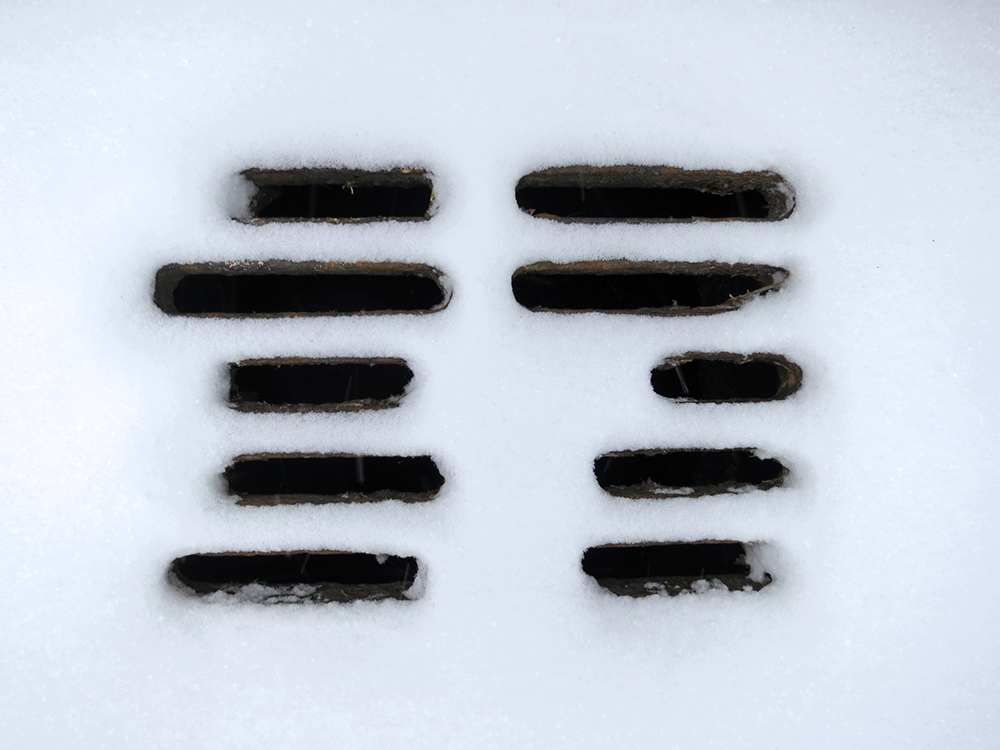
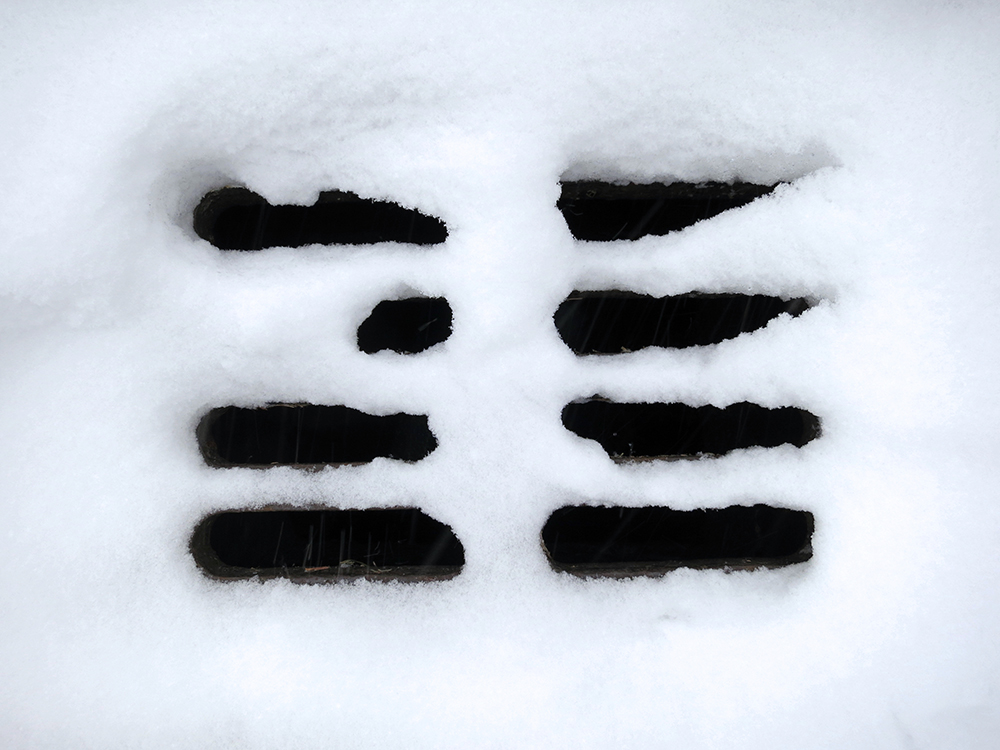
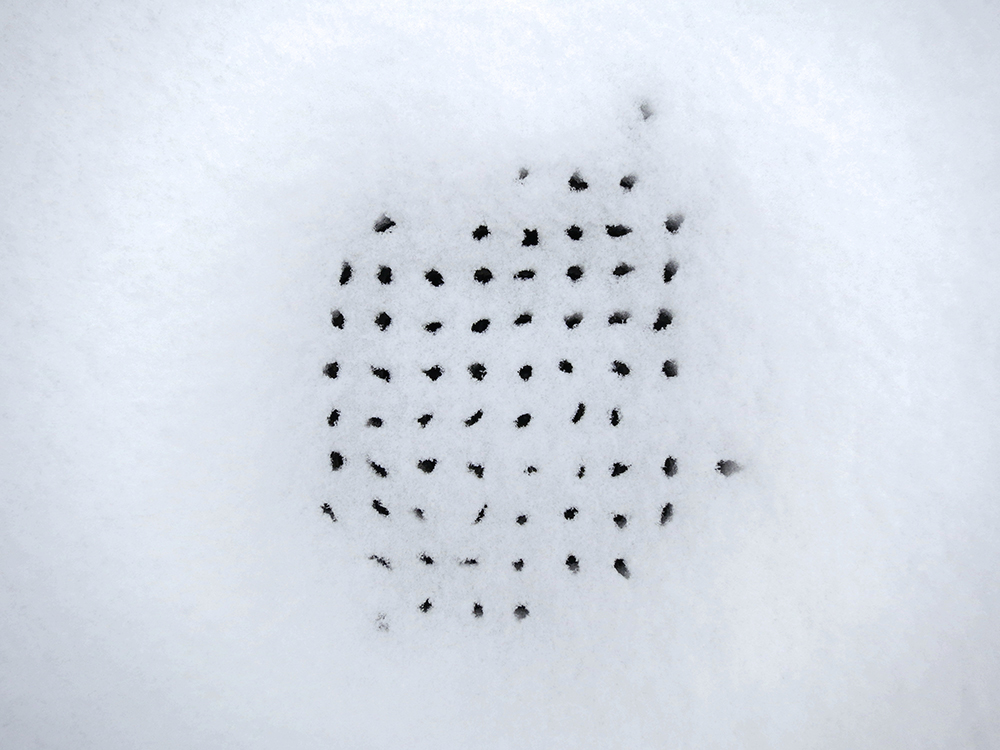
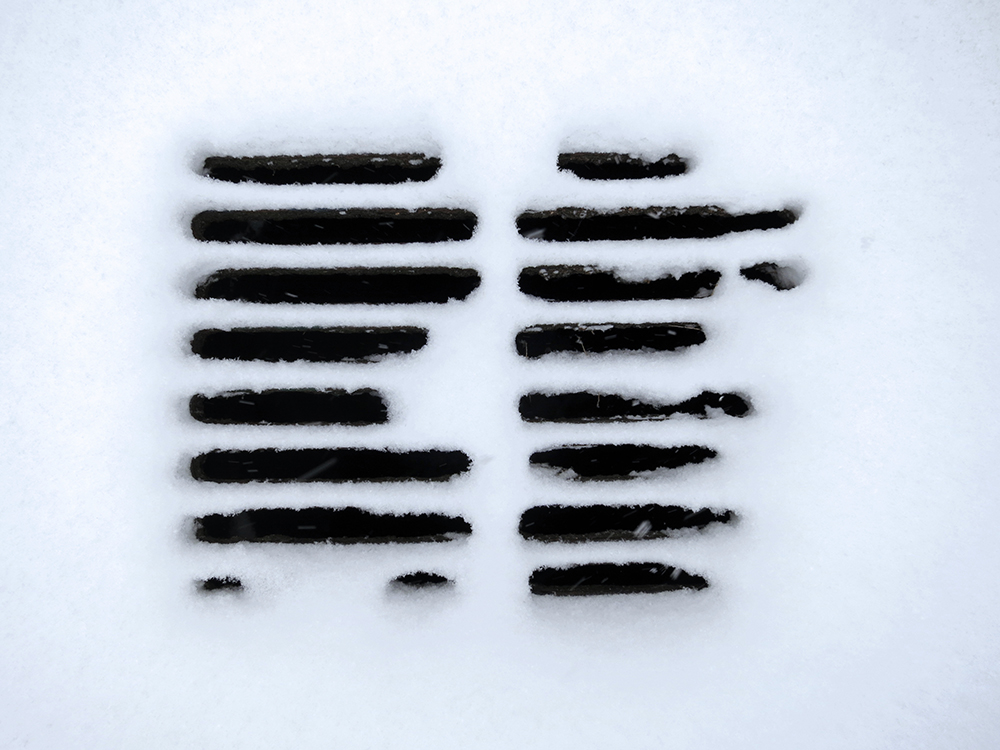
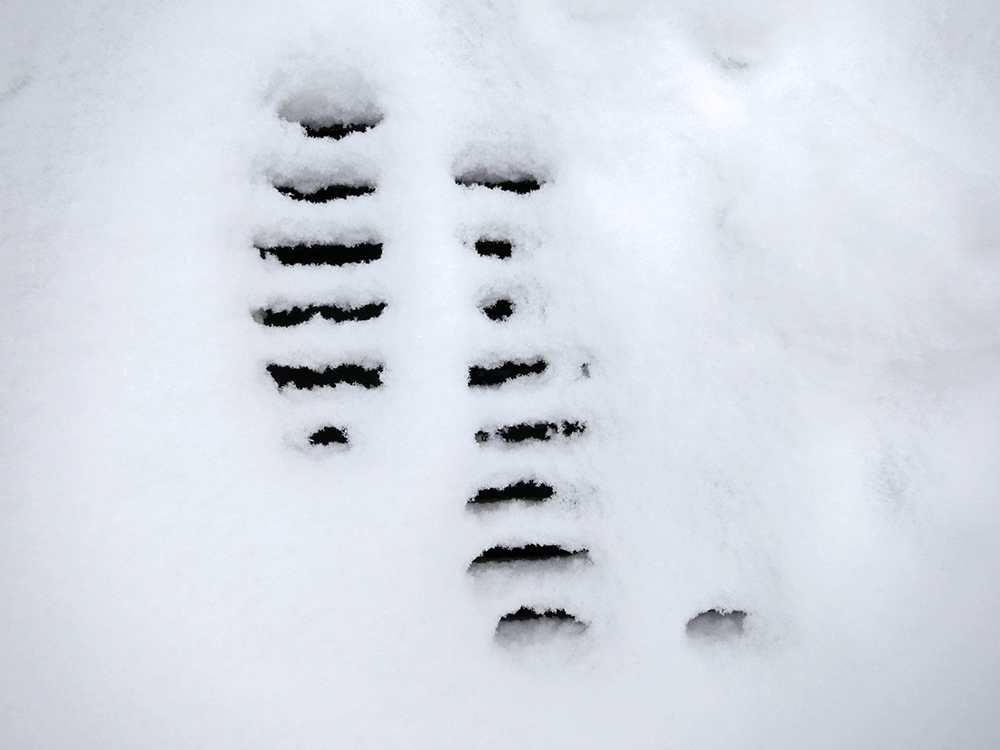
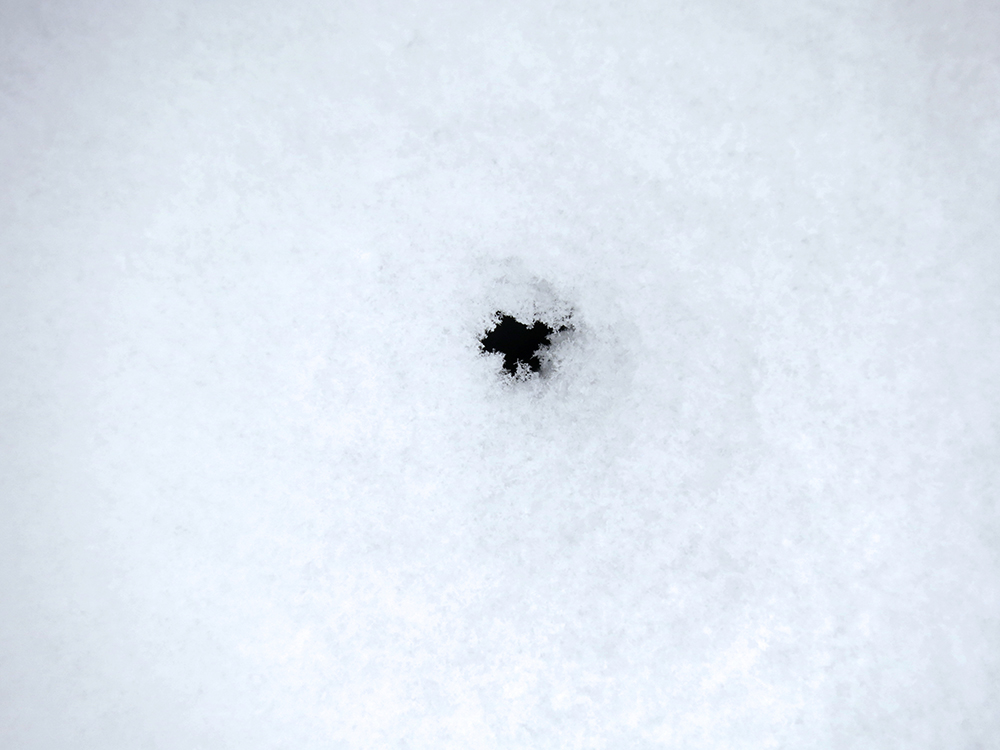
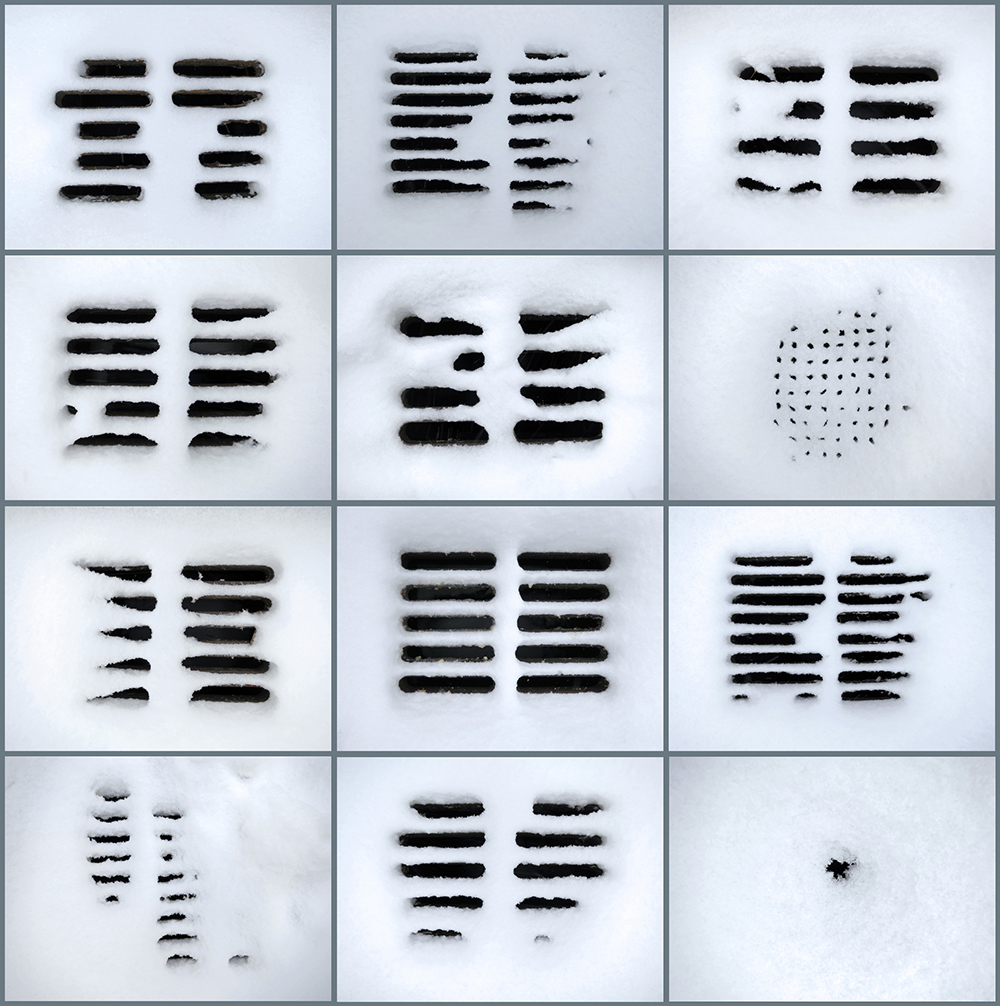
Comments
Post a Comment